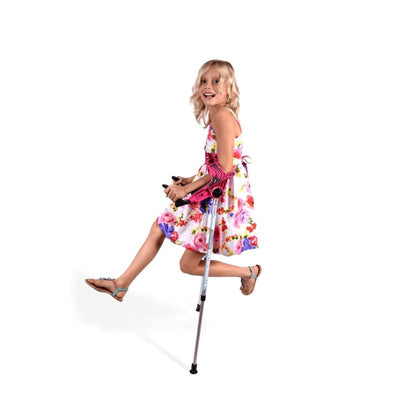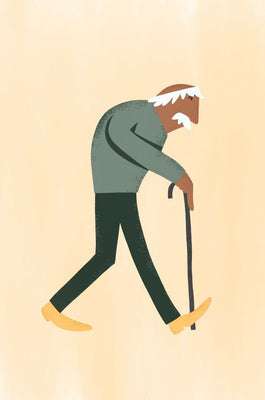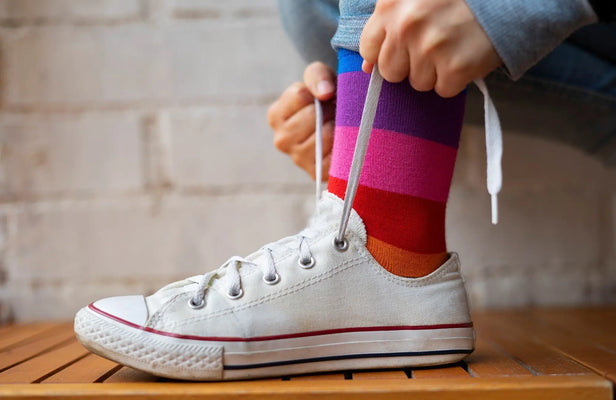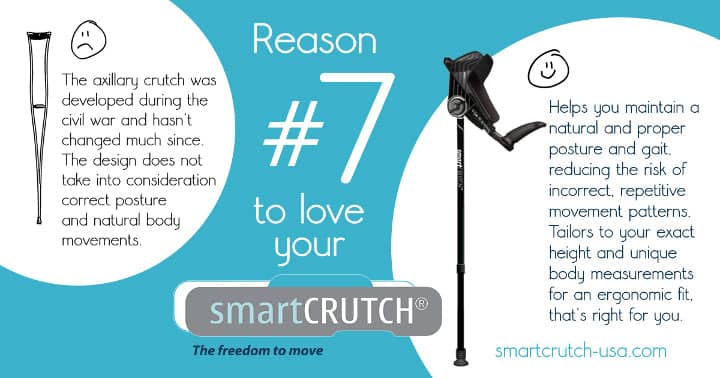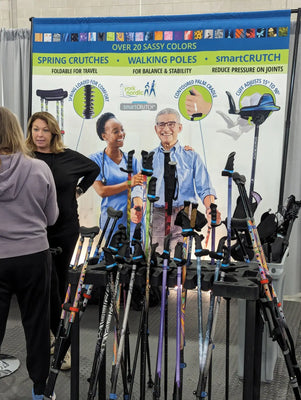Forearm crutches, also known as elbow crutches, have undergone several changes and improvements over time, aiming to enhance comfort, functionality, and adaptability for users. Some notable changes include:
- Materials: Initially, forearm crutches were commonly made of wood or metal. However, advancements in materials technology have introduced lighter and more durable options. Modern forearm crutches often use lightweight aluminum or carbon fiber, which offer strength while reducing the overall weight of the crutches.
- Adjustability: Older models of forearm crutches were often fixed in size, limiting their suitability for individuals of different heights. Modern forearm crutches are designed with adjustable features, such as telescopic shafts or easily adjustable height settings, allowing users to customize the crutches to their specific needs.
- Ergonomic Design: Newer designs focus on ergonomics to provide better support and comfort. Ergonomic handles with padding or contoured shapes reduce pressure on the hands and wrists, minimizing the risk of discomfort or injury with extended use.
- Improved Cuff Designs: The cuff or support that rests around the forearm has seen improvements. Older designs might have rigid cuffs that were less comfortable and restrictive. Modern forearm crutches often feature adjustable and padded cuffs that provide better support while allowing for greater freedom of movement.
- Shock Absorption and Stability: Some modern forearm crutches include shock-absorbing mechanisms or features that enhance stability. These help reduce impact on joints and provide a smoother walking experience, especially on uneven surfaces.
- Aesthetic and Customization: Forearm crutches now come in a variety of colors and styles, offering users the opportunity to personalize their crutches to suit their preferences.
- Accessories and Attachments: There are various accessories available for forearm crutches today, such as specialized tips for different terrains (like snow or ice), bags to carry items, or attachments for added convenience.


